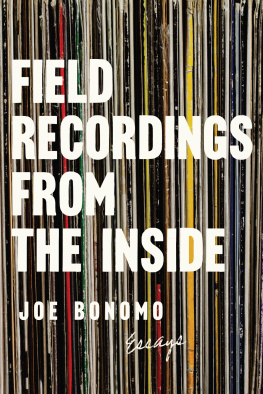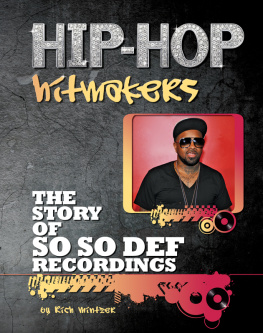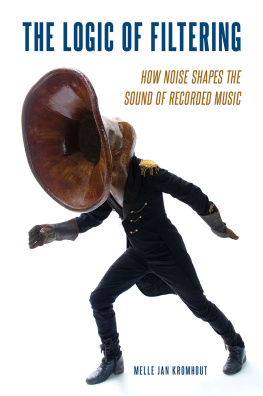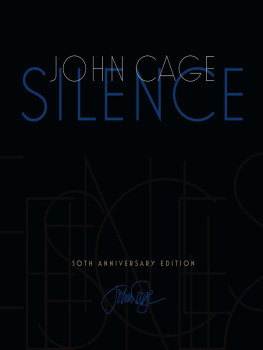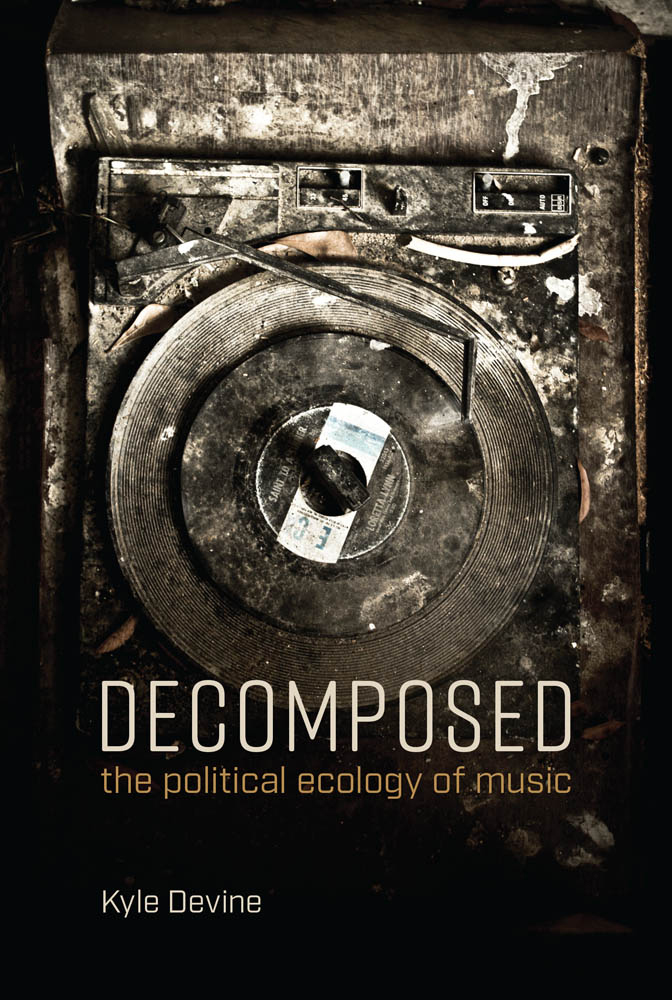All rights reserved. No part of this book may be reproduced in any form by any electronic or mechanical means (including photocopying, recording, or information storage and retrieval) without permission in writing from the publisher.
This book was set in Stone Serif and Stone Sans by Westchester Publishing Services. Printed and bound in the United States of America.
Names: Devine, Kyle, author.
Title: Decomposed : the political ecology of music / Kyle Devine.
Description: Cambridge, MA : The MIT Press, [2019] | Includes bibliographical references and index.
Identifiers: LCCN 2019005613 | ISBN 9780262537780 (pbk. : alk. paper)
Subjects: LCSH: Music--Environmental aspects. | Sound recordings--Environmental aspects.
Contents
List of Illustrations
Anonymized record pressing plant, somewhere in the United States
A handful of plastic pellets, similar to those used in record pressing
At the gate of Thai Plastic and Chemicals, just south of Bangkok
One possible supply chain of contemporary vinyl record production: (1) oil extraction somewhere (probably the Middle East); (2) oil shipment to Rayong Province, Thailand; (3) oil refinement and creation of PVC resin; (4) PVC resin shipped to TPC, near Bangkok; (5) PVC resin combined with additives to create PVC compound; (6) PVC compound bulk shipments to distribution centers in the United States; (7) PVC distribution to record pressing plants. (Graphics designed by Scott Bodaly)
Lac beetle reproduction cycle. (Graphics designed by Scott Bodaly)
Birds-eye view of the Victor factories, 1911. (Courtesy of Hagley Museum and Library)
Victors hardwood lumberyard, ca. 1920. (Courtesy of Hagley Museum and Library)
Victor Managers Committee weekly meeting minutes, late 1924. (Courtesy Hagley Museum and Library)
Music was a significant herald of the plastic age, though plastic made inroads into musical instrument manufacturing before it fully took hold in recording. (Plastics trade journal cover, August 1946)
RCAs VideoDisc system, showing a VideoDisc caddy being inserted into the playback device. (Courtesy of Hagley Museum and Library)
Magnification comparing VideoDisc grooves with a vinyl record and human hair. (Courtesy Hagley Museum and Library)
Aerial view of the RCA Victor plant at Smiths Falls, Ontario. (Fred Gorman / Joel Gorman Collection)
Pressing records for RCA Victor at Smiths Falls, Ontario. (Fred Gorman / Joel Gorman Collection)
A record ready to be pressed at RCA Victor in Smiths Falls, Ontario. (Hy Fund Studio, Smiths Falls, Ontario)
Here is a six-ton lump of coal, which is displayed at the Lackawanna Coal Mine in Scranton, Pennsylvania. Although I have no reason to believe that Lackawanna produced coal for the recording industry, I include the photo here to give readers a sense of just how much coal the industry used. It is hard to even imagine the 2,000 similar sized pieces of coal that Columbia used in just one yearlet alone the amount used by record presses around the world over the entirety of the shellac era.
Total kilograms of plastics across all major recording formats, 19772016. (Graphics designed by Martin Elden; graphics produced by Graeme OHara). Note that DL(s) refers to downloaded songs, while DL(a) refers to downloaded albums.
Estimated total greenhouse gas emissions across all major recording formats, 19772016. (Graphics designed by Martin Elden; graphics produced by Graeme OHara). Note that DL(s) refers to downloaded songs, while DL(a) refers to downloaded albums.
Preface, Acknowledgments, and Notes to Readers
When he was about my age, my dad started building signs for a living. You know the ones. Think flickering neon letters in a diner window, or blinking bulbs chasing themselves around a marquee. Think fluorescent tubes and backlit lightboxes at malls and gas stations. Think LEDs and jumbotrons, Times Square and Shibuya. Think Vegas.
At the outset, my dad had never built a sign. To figure out how, he decamped late one night, climbed a freestanding sign, unscrewed the thing, and peeked inside. The anatomy of an electronic sign, it turns out, is not so complicated. But it takes a lot to put one together and keep it glowing.
Ive worked in the sign businessalbeit occasionally and part-time, to earn some pocket money when I was in school. I helped build signs in the shop. I remember the sheet metal breaks and huge spools of plastic, the smell of hot steel and spray paint, the impossibly bright blue flashes and strangely robotic gurgles of the arc welder. I also worked on the cranes, installing new signs and fixing fried filaments. And I spent time in the office. There I learned about international materials shipments and industry suppliers; about national systems of classification and certification; about local permits and electricity grids; about municipal variance meetings where urban planners and sign manufacturers brawled over their divergent visions of the cityscape; about tensions between the sign industrys main goal (to get your attention) and government traffic safety regulations (drivers must not be distracted). Knowing something about all the people and things that had to align in order for a sign to exist, and seeing that signs were everywhere, it intrigued me that other people hardly seemed to notice them. Even though electronic signs are advertising media, and so nothing if not visible, somehow they also fade into the background of the everyday.
Through college and university, I kept working at the sign company from time to time. When I wasnt sweeping the shop floor, changing lightbulbs around town, or updating databases in the office, I was in the classroom learning about notes and chords. As the curriculum advanced, I also learned to see music as a cultural phenomenon that reflected and inflected bigger social issues. With the right musicological tools and the right interpretive know-how, it was possible to show that tonality signified capitalism, atonality signaled revolution, symphonies symbolized sexism, fugues figured philosophy, noise represented society, and so on. Music became more than notes and chords. It was something much more significant.
This new, critical approach to music was eye-opening. And it was of obvious political importance. Yet my time with signs meant that, whatever music might have symbolized, I couldnt help but wonder about all the things and activities that must have been required to fill the classroom with pianos, scores, recordings, playback equipmentall the things we needed to study music, let alone to make music and listen to it more generally. In the same way that signs tend toward invisibility despite their prevalence and regardless of all the human and material resources that go into them, I sensed that a lot of what makes music possible was inaudible. What were all these LPs and CDs made of? Where did they come from? Who assembled the turntables and CD players? And what happened to all this stuff when it wore out or broke down, became unwanted or obsolete?


